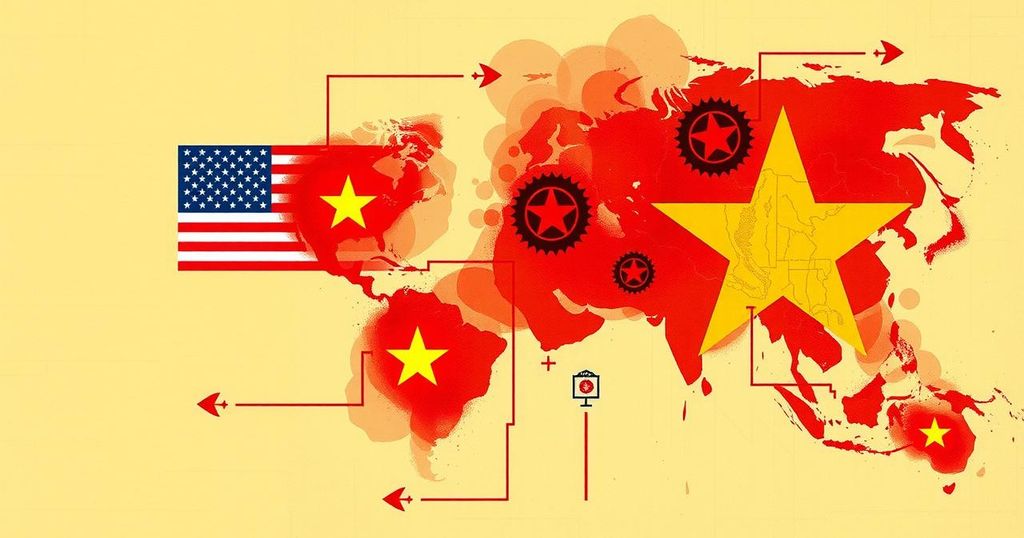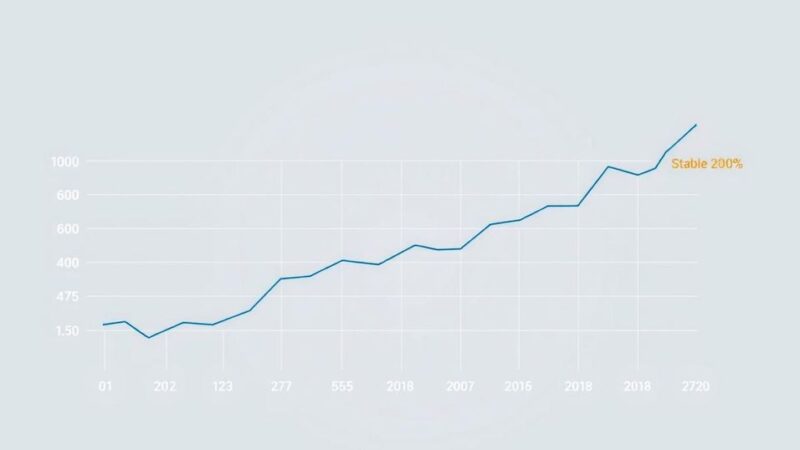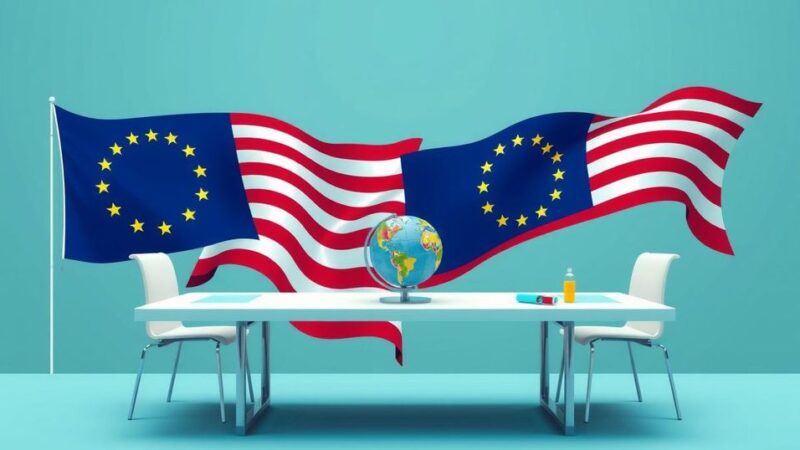- Trump’s trade agreement with Vietnam impacts US-China tariff levels.
- Chinese goods face 55 percent tariffs that may persist through August.
- A new 20 percent tariff is applied to Vietnamese exports.
- A 40 percent tariff on transshipped goods targets Chinese exporters.
- China’s willingness to negotiate on fentanyl could influence tariff relief.
New Trade Agreement Highlights Tariff Expectations for China
President Donald Trump’s recent trade agreement with Vietnam is shedding light on the future of US tariffs on Chinese products. The talks between Washington and Beijing are still ongoing after the recent truce, and this new deal could have significant implications. Currently, goods from China are slapped with tariffs that sit around 55 percent, expected to hold steady till at least August. Meanwhile, under the new agreement with Vietnam, the US will impose a 20 percent tariff on Vietnamese exports, plus a hefty 40 percent on goods classified as transshipped. This latter tariff aims at addressing a common backdoor tactic used by some Chinese exporters during past trade disputes, complicating the landscape even further.
Impact of Tariffs on Future Trade Relations
By closing these loopholes, the Trump administration may be signaling what could be expected in future dealings with China. The 40 percent levy on transshipped items is raising eyebrows and suggests that US tariffs on China might not ever dip much below that number if at all. Gabriel Wildau, a managing director at Teneo who focuses on political risk in China, mentioned that the number might reflect a larger belief within the administration regarding acceptable tariff levels. Still, he expressed skepticism about whether Trump has an absolute minimum tariff set for China, leaving a bit of uncertainty in the air.
Negotiations Over Tariffs Raise Strategic Concerns
Despite some moves to ease tariffs, like reductions to as low as 55 percent from a staggering 145 percent earlier this year, a 20 percent tariff on fentanyl-related exports persists. The Chinese government has shown a willingness to negotiate on fentanyl, which many believe is a potential bargaining chip for further tariff relief. Christopher Beddor of Gavekal Research highlights that this angle is the focal point currently—as China seems eager to make a deal. However, even if negotiations around fentanyl push Chinese duties downward, analysts like Stephen Olson suggest they’re unlikely to fall below 40 percent anytime soon due to the competitive balance between China and Vietnam.
Progress in Current Trade Between US and China
In a positive sign, both sides appear to be following through on their commitments from a prior agreement made in London. For instance, the US has recently lifted export restrictions for certain software sales to China and has greenlit ethane exports without unnecessary approvals. Secretary of the Treasury Scott Bessent mentioned that while rare earth magnets from China are trickling back into US markets, they’re yet to bounce back to pre-curb levels. Overall, there seems to be a cautiously optimistic atmosphere about these negotiations, with China’s Communist Party official Liu Jianchao expressing a hopeful sentiment towards future relations at a recent forum. However, vigilance remains necessary as talks continue, especially with China’s substantial trade ties with Vietnam.
China’s Strategy Under Review Amid Ongoing Negotiations
Beyond just Vietnam, there’s growing wariness in Beijing regarding US attempts to move forward with trade deals that could further isolate China. As July 9 approaches, the deadline for Trump’s heightened tariffs, Washington is engaged in talks with multiple Asian and European partners, looking to cement advantage. New agreements might demand cooperation against Chinese components in US exports, as well as addressing alleged unfair trade practices. With India also joining the frenzy to finalize negotiations, concerns stir about the potential backlash from Beijing in response to these maneuvers. As always, the landscape remains convoluted, and reactions from China will be closely scrutinized.
The new trade agreement between the US and Vietnam offers critical insights into the future of tariffs on Chinese goods. Despite some tensions easing, significant tariffs remain in place, suggesting China’s position will not be weakened substantially. As further negotiations unfold, reactions from both nations will shape the future landscape of international trade, making it a situation to watch closely in coming months.






